Ensuring the safe and secure transportation of goods is paramount in the logistics and transportation industry. Tractor trailer load straps play a critical role in this process, providing the necessary tension and stability to keep cargo in place during transit. At CarMax Vehicle, we understand the intricate needs of our clients and offer top-of-the-line load straps tailored to meet diverse transportation demands. This comprehensive guide delves into everything you need to know about tractor trailer load straps, from types and selection to best practices and safety standards.
Understanding Tractor Trailer Load Straps
Tractor trailer load straps are essential tools used to secure cargo onto trailers, preventing movement that could lead to accidents, cargo damage, or regulatory non-compliance. These straps are designed to withstand significant tension and provide reliable security under various load conditions.
Importance of Proper Load Securing
Properly securing loads is not just about compliance; it’s about safety and efficiency. Unsecured or improperly secured cargo can lead to:
- Accidents: Shifting loads can cause trailers to become unbalanced, leading to rollovers or loss of control.
- Cargo Damage: Movement during transit can result in goods being damaged or destroyed.
- Legal Penalties: Failure to comply with transportation regulations can result in fines and legal action.
- Increased Costs: Damaged goods and accidents can lead to increased operational costs and insurance premiums.

Types of Tractor Trailer Load Straps
Understanding the different types of load straps available is crucial for selecting the right one for your specific needs. Here are the most common types:
1. Ratchet Straps
Ratchet straps are versatile and widely used in the industry. They feature a ratcheting mechanism that allows for precise tensioning.
Advantages:
- High tension capacity
- Easy tension adjustment
- Secure locking mechanism
Disadvantages:
- Can be bulky
- Requires manual operation
2. Tie-Down Straps
Also known as cargo straps, these are simpler and lighter than ratchet straps. They use a cam buckle to secure the load.
Advantages:
- Lightweight and easy to handle
- Quick to use
- Suitable for lighter loads
Disadvantages:
- Limited tension capacity
- Less secure for heavy loads
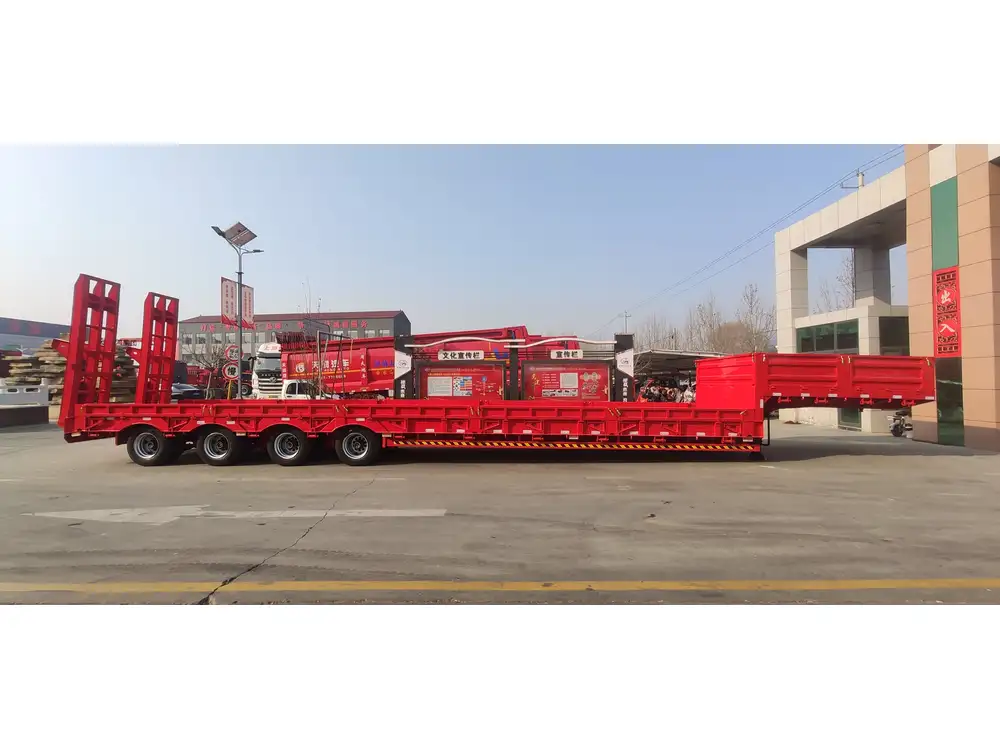
3. Cam Buckle Straps
Cam buckle straps offer a compact and easy-to-use solution for securing cargo. They are ideal for quick adjustments.
Advantages:
- Easy and fast to use
- Compact storage
- Suitable for medium loads
Disadvantages:
- Lower tension capacity compared to ratchet straps
- Can loosen over time
4. Polyester Tie-Down Straps
These straps are made from high-quality polyester, offering durability and strength for various load types.
Advantages:
- Resistant to stretching
- UV and weather-resistant
- Durable for long-term use
Disadvantages:
- Heavier than nylon straps
- Higher cost
5. E-Track Straps
E-Track straps are designed to work with E-Track systems found on trailers, providing adjustable and versatile securing options.
Advantages:
- Highly adjustable
- Compatible with E-Track systems
- Versatile for different load types
Disadvantages:
- Requires E-Track system
- Can be more expensive
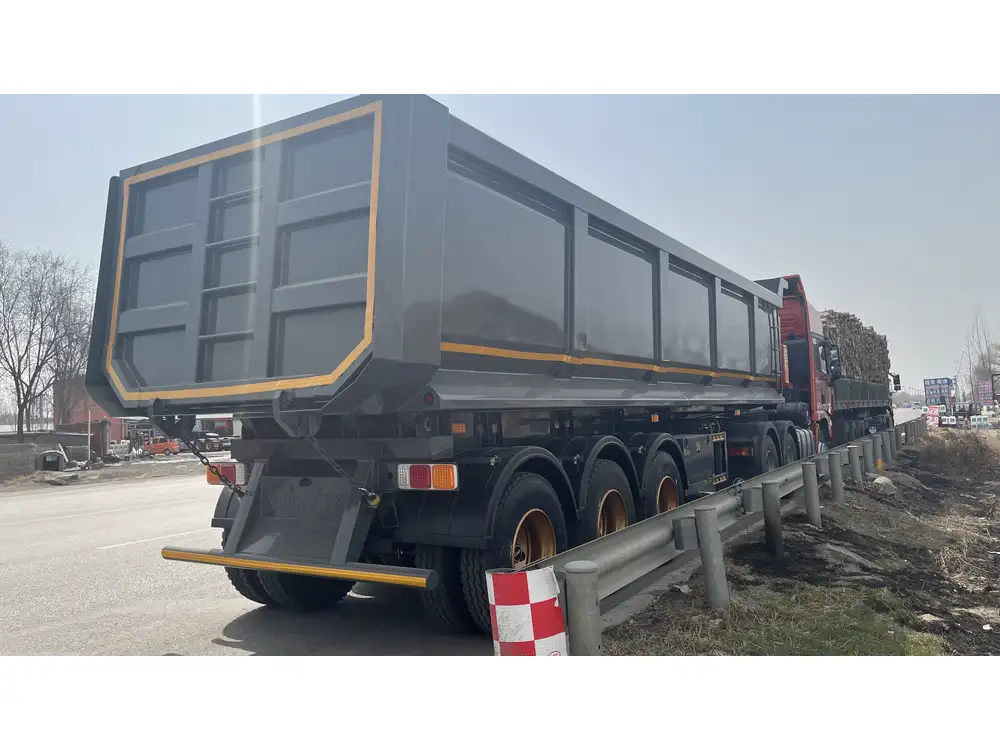
Selecting the Right Load Strap for Your Needs
Choosing the appropriate load strap involves assessing various factors to ensure optimal performance and safety.
1. Load Weight and Type
- Heavy Loads: Ratchet straps are ideal for heavy and bulky loads due to their high tension capacity.
- Light to Medium Loads: Tie-down or cam buckle straps are sufficient for lighter cargo.
- Irregular Loads: E-Track straps offer flexibility for non-standard cargo shapes and sizes.
2. Environmental Conditions
Consider the operating environment where the straps will be used.
- Outdoor Use: Polyester straps are preferable for their UV and weather resistance.
- Indoor Use: Nylon straps can be suitable if not exposed to harsh environmental conditions.
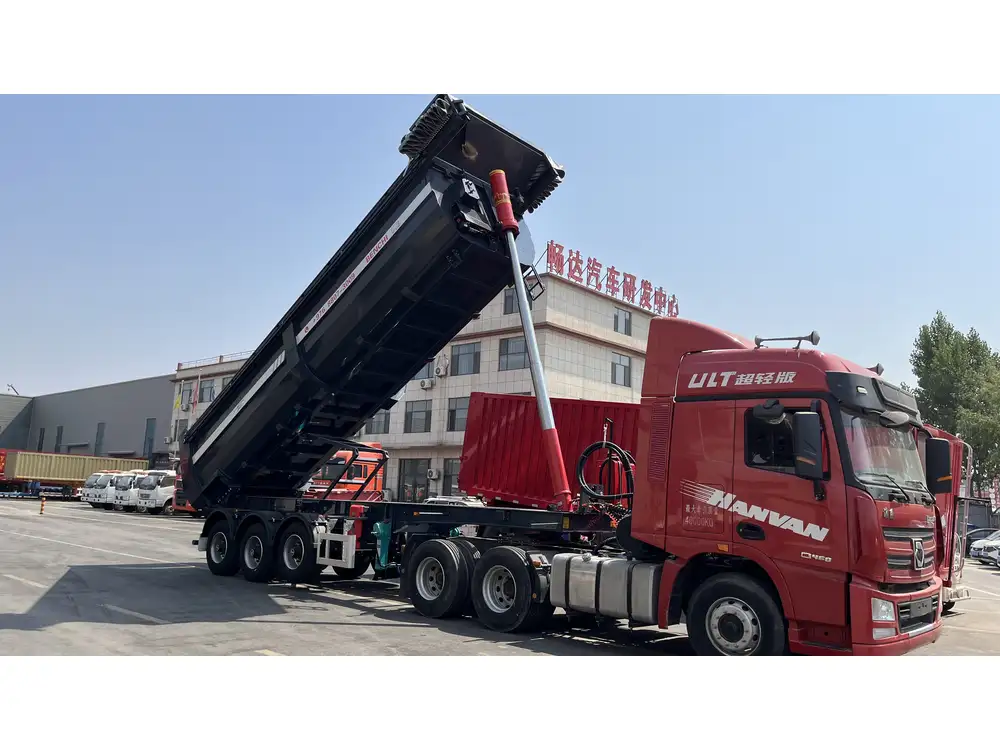
3. Frequency of Use
- High Usage: Durable straps with reinforced materials, such as polyester, are recommended.
- Occasional Use: Lightweight and easy-to-handle straps can suffice.
4. Compliance with Regulations
Ensure that the load straps meet the regulatory standards set by authorities such as the Department of Transportation (DOT) or the Federal Motor Carrier Safety Administration (FMCSA).
Best Practices for Using Load Straps
Implementing best practices enhances the effectiveness of load straps and ensures safety during transportation.
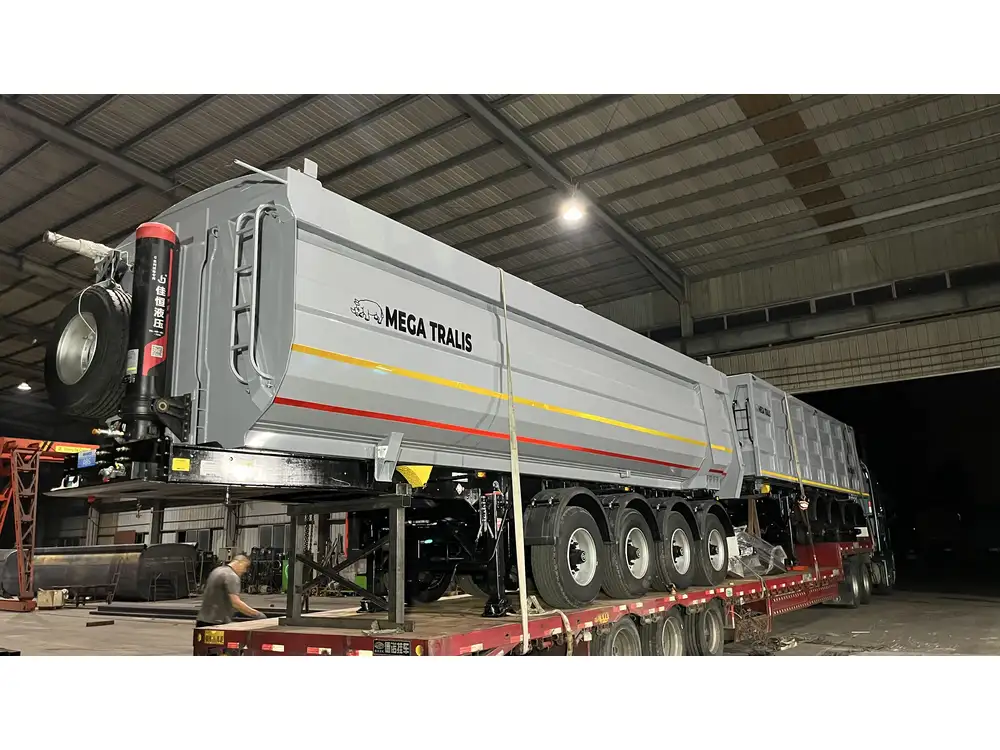
1. Proper Tensioning
- Tighten Straps Adequately: Straps should be tight enough to prevent any movement but not so tight that they damage the cargo.
- Avoid Over-Tensioning: Excessive tension can cause straps to fail or cargo to become deformed.
2. Cross-Strapping
Use multiple straps arranged in a cross pattern to distribute the load evenly and enhance stability.
3. Regular Inspection
- Before Each Use: Check for signs of wear, fraying, or damage.
- During Transport: Inspect straps periodically to ensure they remain secure.
- After Use: Clean and store straps properly to extend their lifespan.

4. Proper Attachment
Ensure that straps are securely attached to anchor points on the trailer. Avoid using improvised or weak attachment points that can compromise the load’s security.
5. Training and Awareness
Educate drivers and loading personnel on the correct usage and handling of load straps to prevent accidents and ensure compliance with safety standards.
Maintenance and Inspection of Load Straps
Regular maintenance and thorough inspections are essential to ensure that load straps remain in optimal condition.

1. Cleaning Straps
- Remove Debris: Sweep off dirt, gravel, and other debris after each use.
- Avoid Harsh Chemicals: Use mild detergents and avoid solvents that can degrade strap material.
2. Storage Practices
- Dry Storage: Keep straps in a dry environment to prevent mold and mildew.
- Flat Storage: Store straps flat or rolled without sharp bends to maintain their integrity.
3. Repairing Minor Damage
- Small Cuts or Snags: Address minor damages immediately to prevent them from worsening.
- Professional Repair: For significant damage, consult a professional or replace the strap to maintain safety standards.

4. Replacement Schedule
Establish a regular replacement schedule based on usage frequency and wear patterns to ensure continuous safety and performance.
Safety Standards and Regulations
Compliance with safety standards is non-negotiable in the transportation industry. Adhering to regulations ensures not only the safety of the cargo and the drivers but also avoids legal repercussions.
Key Regulatory Bodies and Standards
- Department of Transportation (DOT): Sets regulations for load securement and safety.
- Federal Motor Carrier Safety Administration (FMCSA): Enforces safety standards related to cargo securement.
- International Organization for Standardization (ISO): Provides guidelines for standardizing load securement practices.
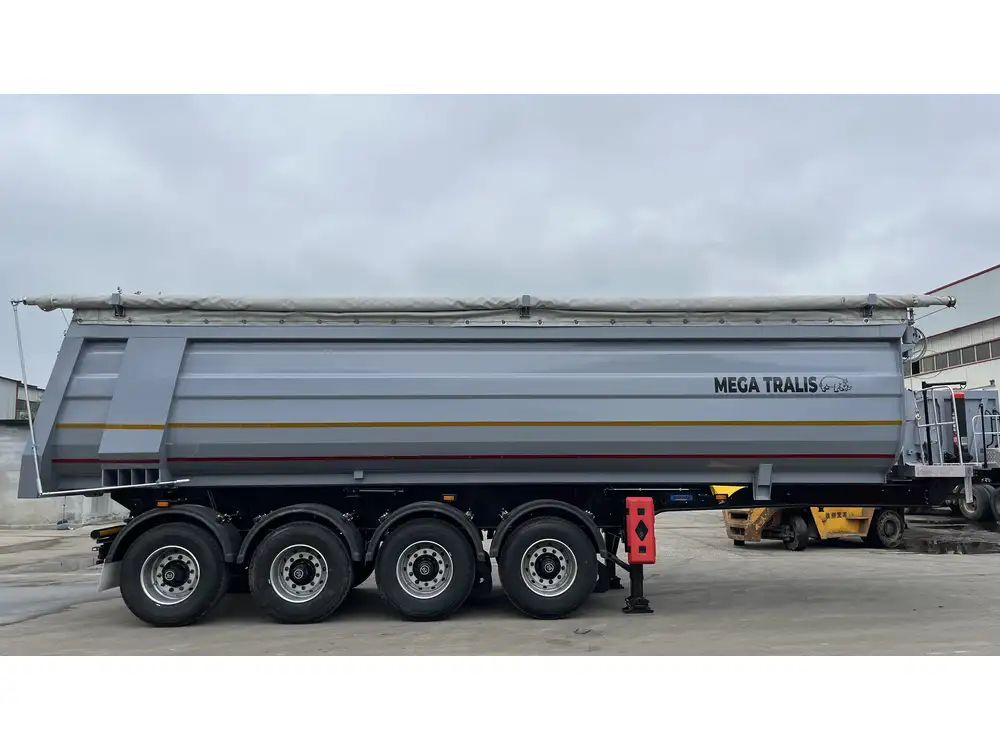
Essential Compliance Points
- Anchor Points: Ensure anchor points are capable of handling the load’s tension.
- Load Distribution: Distribute the load evenly to maintain trailer balance.
- Number of Straps: Comply with the minimum number of straps required for specific load types and weights.
Benefits of Using High-Quality Tractor Trailer Load Straps
Investing in high-quality load straps brings numerous advantages that enhance the overall transportation process.
1. Enhanced Safety
Reliable load straps minimize the risk of cargo shifting, reducing the likelihood of accidents and ensuring the safety of drivers and other road users.

2. Cost Efficiency
High-quality straps reduce the need for frequent replacements and lower the chances of cargo damage, resulting in cost savings over time.
3. Compliance Assurance
Premium load straps are designed to meet or exceed regulatory standards, ensuring that transportation operations remain compliant.
4. Improved Efficiency
Durable and easy-to-use straps streamline the loading and securing process, saving time and improving operational efficiency.
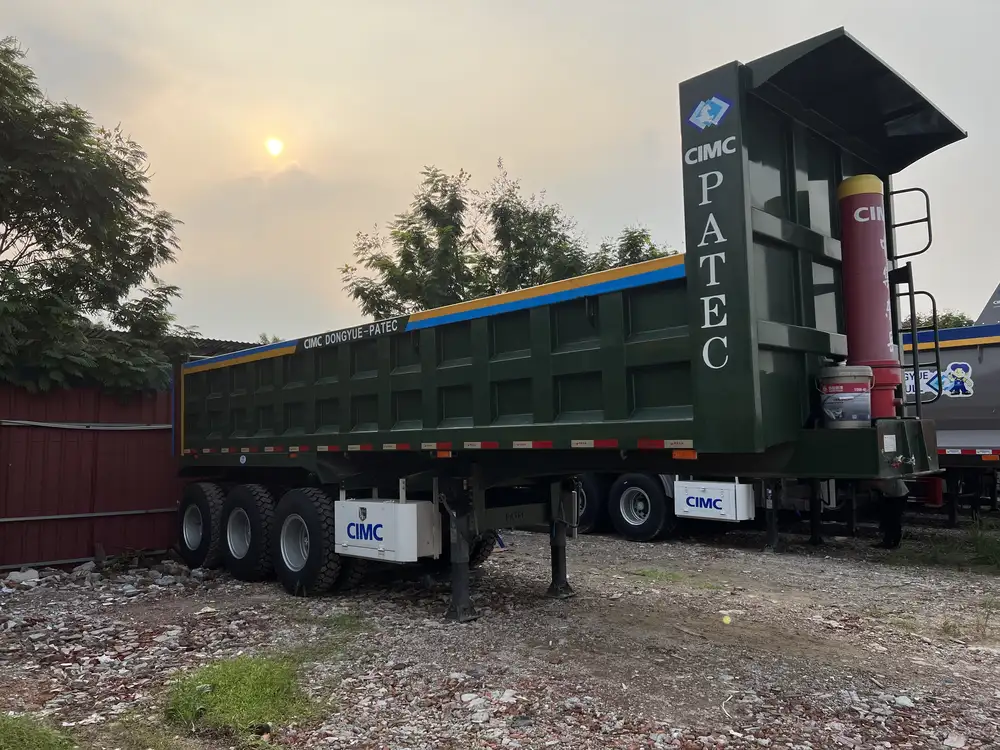
Comparing Load Straps: CarMax Vehicle vs. Competitors
When selecting load straps, it’s essential to compare different options to make an informed decision. Here’s a comparative overview highlighting why CarMax Vehicle’s tractor trailer load straps stand out.
| Feature | CarMax Vehicle | Competitors |
|---|---|---|
| Material Quality | High-grade polyester | Varies widely |
| Tensile Strength | Superior tension capacity | Standard to high |
| Durability | Exceptional durability | Moderate to high |
| Regulatory Compliance | Fully compliant with DOT and FMCSA standards | Varies, some may not fully comply |
| Ease of Use | User-friendly ratchet mechanisms | Mixed, some complex |
| Storage Solutions | Compact and organized storage systems | Limited or bulky |
| Warranty and Support | Comprehensive warranty and customer support | Limited warranties |
| Price Point | Competitive pricing for quality | Can be higher for similar quality or lower with compromises |
CarMax Vehicle ensures that every load strap is crafted to meet the highest standards, providing our clients with reliable and efficient load securing solutions.
Features to Look for in Tractor Trailer Load Straps
Selecting the right load straps involves evaluating specific features that contribute to their effectiveness and longevity. Here’s what to consider:
1. Material Composition
- Polyester: Resistant to stretching, UV rays, and weather conditions.
- Nylon: Lightweight and flexible but may stretch under high tension.

2. Load Capacity
Ensure the straps can handle the maximum expected load without compromising safety.
3. Locking Mechanism
A reliable locking mechanism, such as ratchets or cam buckles, ensures that straps remain tight during transit.
4. Length and Width
Choose straps of appropriate length and width based on the size and type of cargo being transported.

5. Adjustability
Adjustable straps provide flexibility for securing loads of varying sizes and shapes.
6. Certification Labels
Look for straps that feature certification labels indicating compliance with relevant safety standards.
7. Anti-Rust and Corrosion Resistance
Straps with anti-rust features are ideal for use in environments exposed to moisture and other corrosive elements.

Best Practices for Maximizing the Efficiency of Load Straps
Implementing strategic practices can significantly enhance the performance and reliability of load straps.
1. Proper Load Distribution
Distribute the weight evenly across the trailer to maintain balance and reduce strain on straps.
2. Using Multiple Straps
Employ multiple straps to secure different points of the load, increasing stability and security.

3. Regular Training Programs
Conduct training sessions for staff to ensure everyone understands the correct procedures for load securing.
4. Monitoring and Auditing
Regularly monitor and audit load securing practices to identify areas for improvement and ensure compliance.
5. Investing in High-Quality Equipment
Opt for high-quality load straps and securement systems to minimize the risk of failures and enhance overall safety.
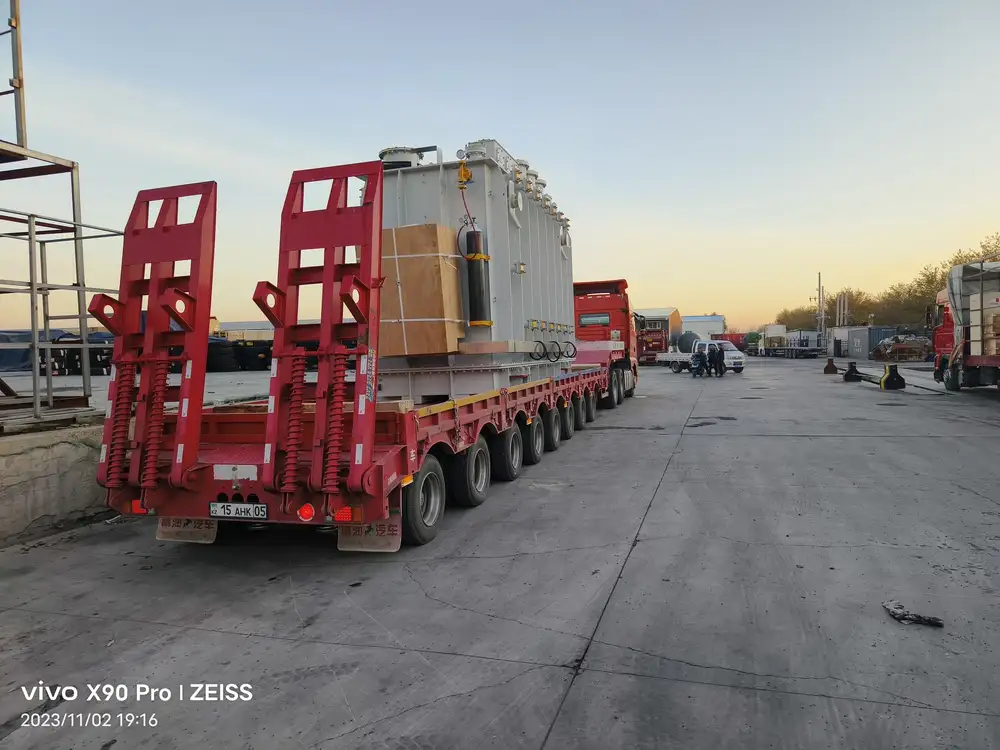
Innovations in Load Straps by CarMax Vehicle
At CarMax Vehicle, we are committed to innovation and excellence in our load securing solutions. Our latest range of tractor trailer load straps incorporates advanced materials and cutting-edge design features to meet the evolving demands of the transportation industry.
Advanced Material Technology
We utilize high-performance polyester blends that offer superior strength, durability, and resistance to environmental factors, ensuring our load straps perform reliably under the toughest conditions.
Ergonomic Design
Our load straps feature ergonomic ratchet and cam buckle mechanisms that enhance ease of use, reducing the time and effort required for securing loads.
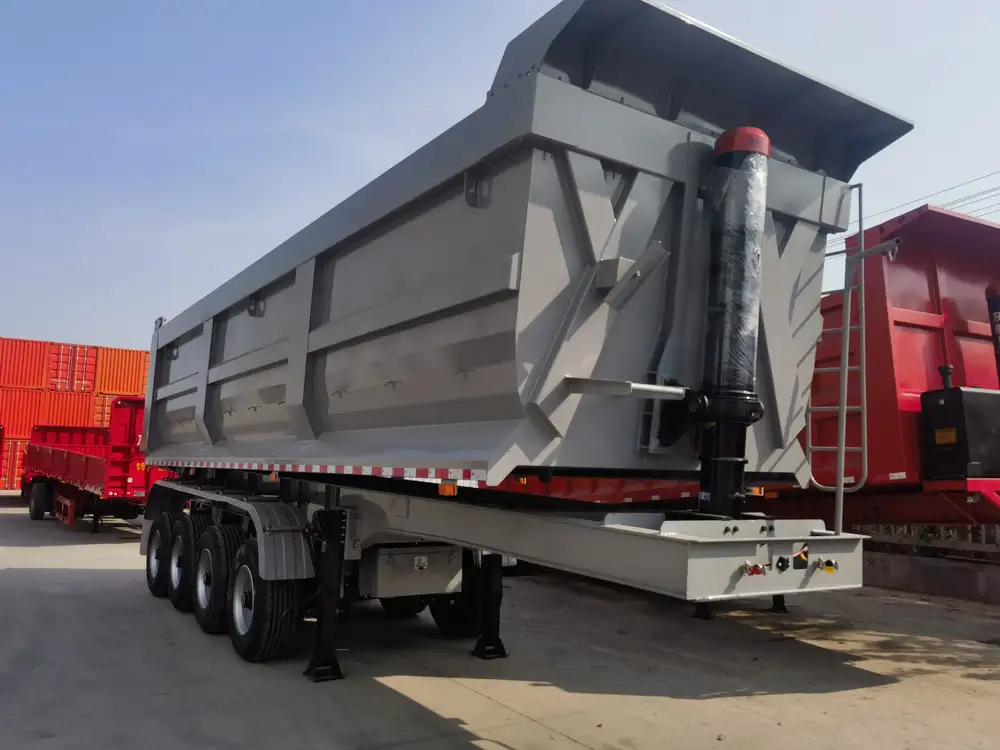
Integrated Safety Features
Incorporating safety features such as reflective markings and breakaway mechanisms, our load straps enhance visibility and safety, especially in low-light conditions.
Customizable Solutions
We offer customizable load strap solutions tailored to specific client needs, ensuring optimal performance and satisfaction.
Environmental Considerations in Load Strap Manufacturing
Sustainability is a core value at CarMax Vehicle. We are dedicated to minimizing our environmental footprint through responsible manufacturing practices and the use of eco-friendly materials.

Eco-Friendly Materials
Our load straps are manufactured using recyclable polyester fibers, reducing the reliance on non-renewable resources and promoting sustainability.
Efficient Manufacturing Processes
We employ energy-efficient manufacturing techniques that reduce waste and conserve energy, aligning with global sustainability goals.
Product Lifecycle Management
By designing durable and long-lasting load straps, we encourage longer product lifecycles, minimizing the need for frequent replacements and reducing environmental impact.

Customer Support and After-Sales Service
At CarMax Vehicle, our commitment to customer satisfaction extends beyond the initial purchase. We provide comprehensive support and after-sales services to ensure our clients receive the maximum value from our products.
Technical Support
Our team of experts is available to assist with product selection, usage guidelines, and troubleshooting, ensuring seamless integration of our load straps into your operations.
Warranty Services
We offer robust warranty options that cover manufacturing defects and performance issues, providing peace of mind to our customers.
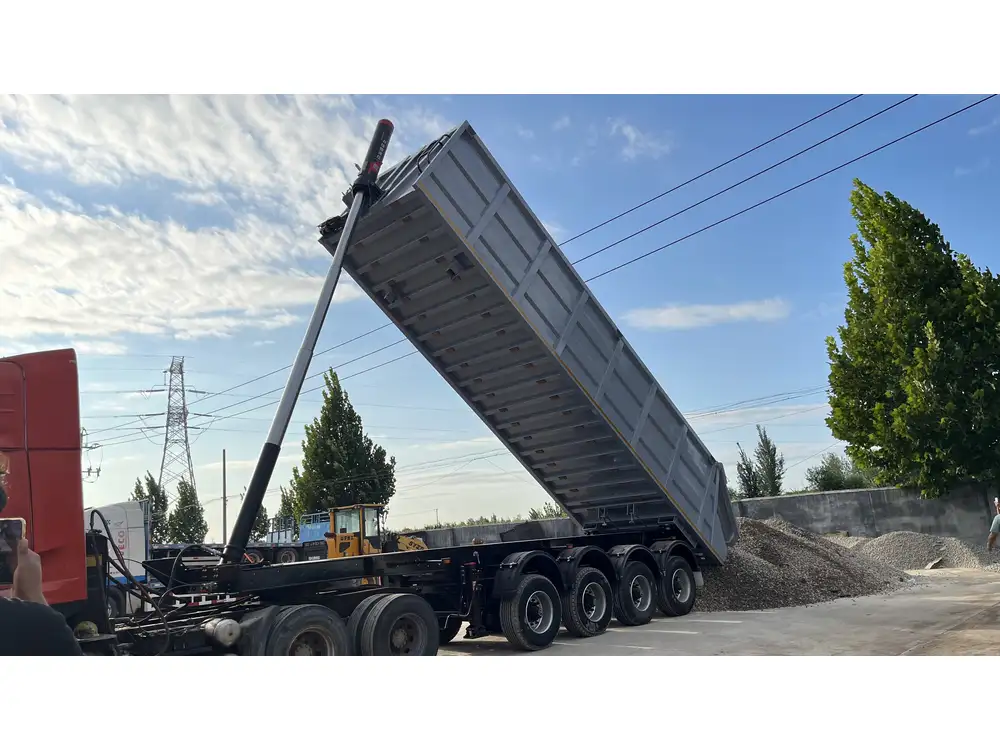
Training and Resources
We provide training sessions and detailed resources to educate our clients on best practices for load securing, enhancing safety and efficiency.
Future Trends in Load Securing Solutions
The transportation industry is continually evolving, and so are the requirements for load securing solutions. Here are some emerging trends that are shaping the future of load straps.
Smart Load Securing Systems
Integration of IoT (Internet of Things) technology in load straps allows for real-time monitoring of tension and load conditions, enhancing safety and operational efficiency.
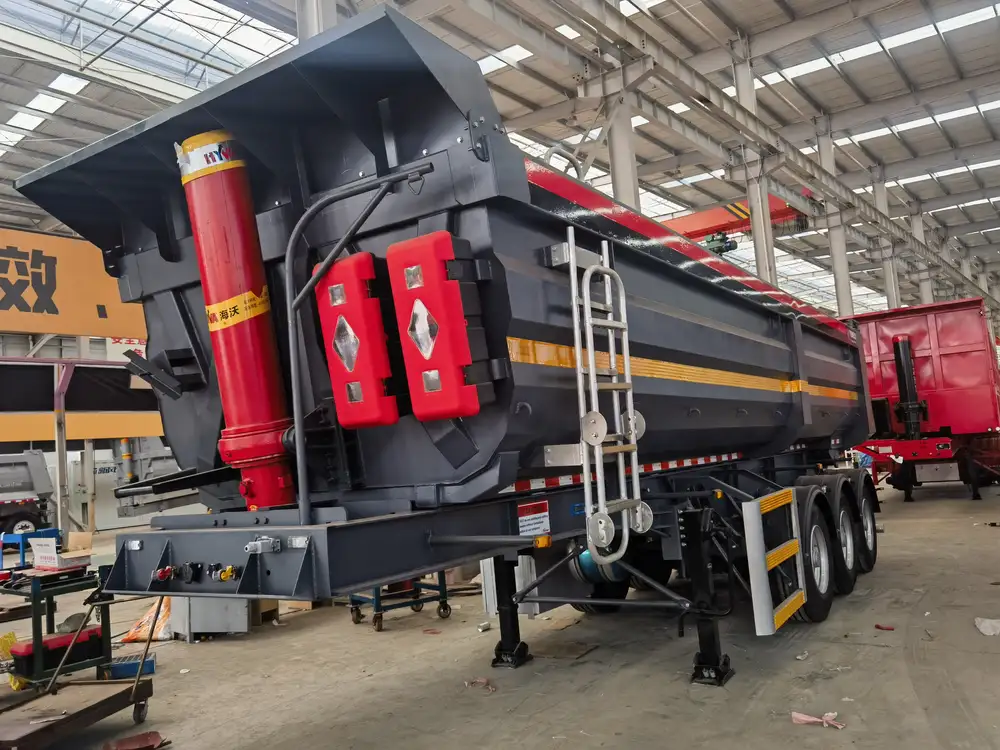
Lightweight and High-Strength Materials
Advancements in material science are leading to the development of load straps that are both lightweight and exceptionally strong, reducing fuel consumption and increasing payload capacity.
Automated Load Securing
Automation in load securing systems is streamlining the process, reducing manual labor, and improving precision in securing loads.
Sustainability Focus
A growing emphasis on sustainable practices is driving the adoption of eco-friendly materials and manufacturing processes in load strap production.

Conclusion
Choosing the right tractor trailer load straps is crucial for ensuring the safe, efficient, and compliant transportation of goods. At CarMax Vehicle, we pride ourselves on offering high-quality, reliable load securing solutions tailored to meet the diverse needs of our clients. By understanding the different types of load straps, implementing best practices, and adhering to safety standards, you can enhance the security and efficiency of your transportation operations. Invest in superior load straps today to safeguard your cargo, protect your drivers, and optimize your logistics processes.
Frequently Asked Questions
1. How often should tractor trailer load straps be inspected?
Load straps should be inspected before each use and periodically during transportation. Additionally, conduct a thorough inspection after each trip to identify any signs of wear or damage.
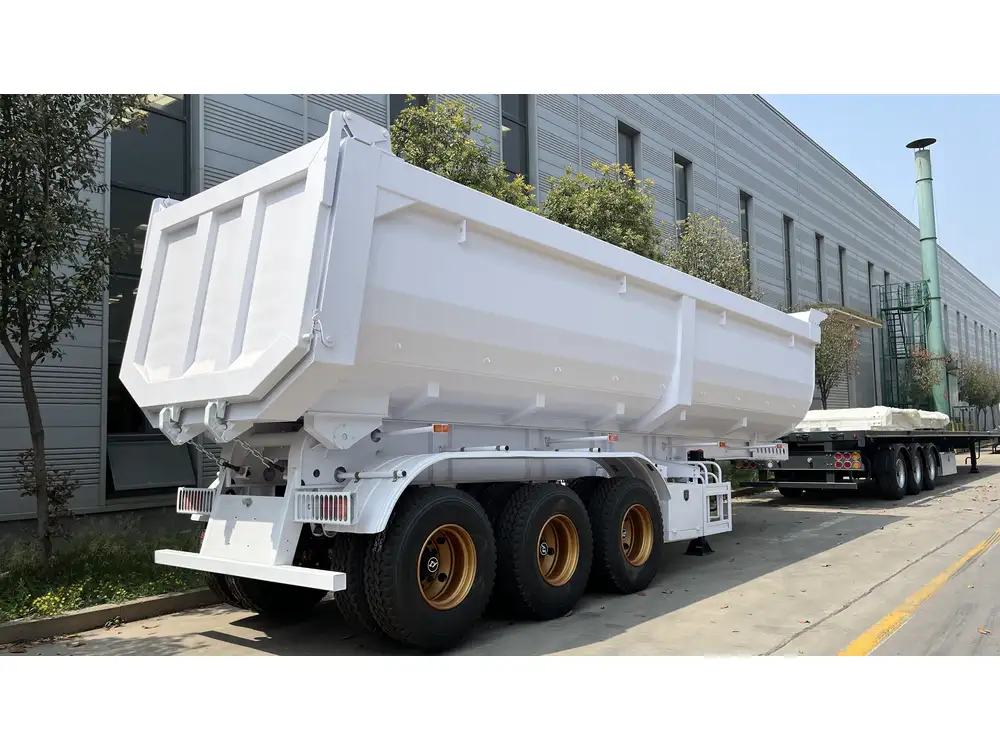
2. Can load straps be reused multiple times?
Yes, high-quality load straps are designed for multiple uses. However, it’s essential to inspect them regularly and replace any straps that show signs of significant wear or damage to maintain safety standards.
3. What is the maximum load capacity of CarMax Vehicle’s load straps?
Our load straps are available in various capacities to accommodate different load sizes. Please refer to the specific product specifications or contact our support team for detailed information on load capacities.
4. Are CarMax Vehicle’s load straps compliant with DOT regulations?
Absolutely. All our load straps are designed and manufactured to meet or exceed DOT and FMCSA regulations, ensuring compliance and safety during transportation.
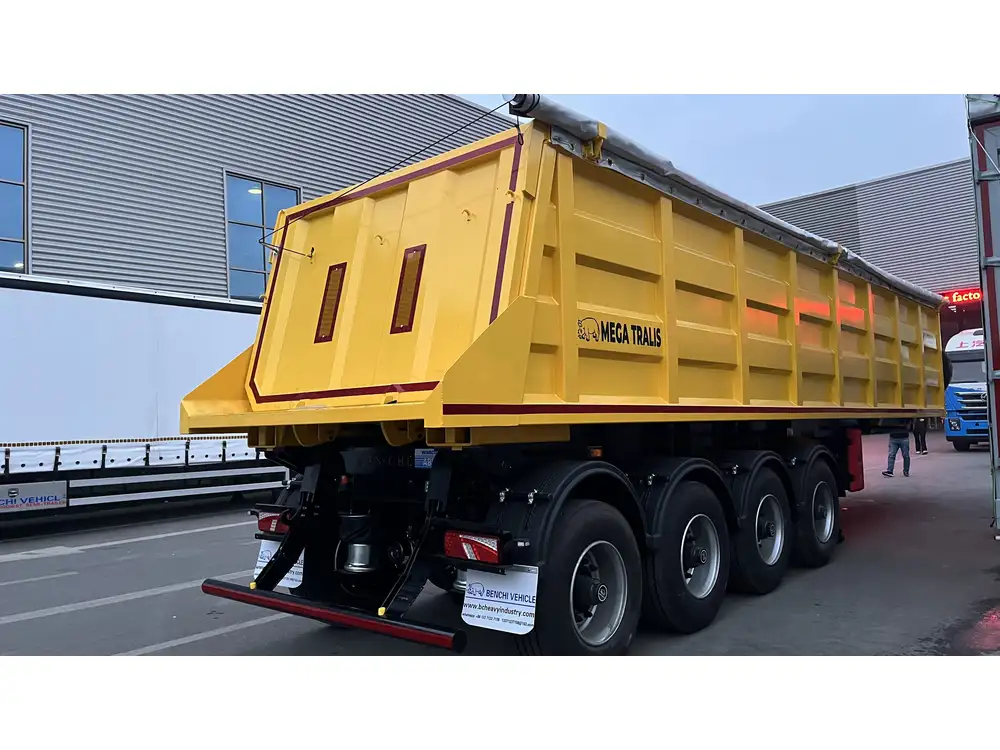
5. How should load straps be stored to maximize their lifespan?
Store load straps in a cool, dry place away from direct sunlight. Ensure they are laid flat or rolled without sharp bends to prevent material weakening and extend their usability.



